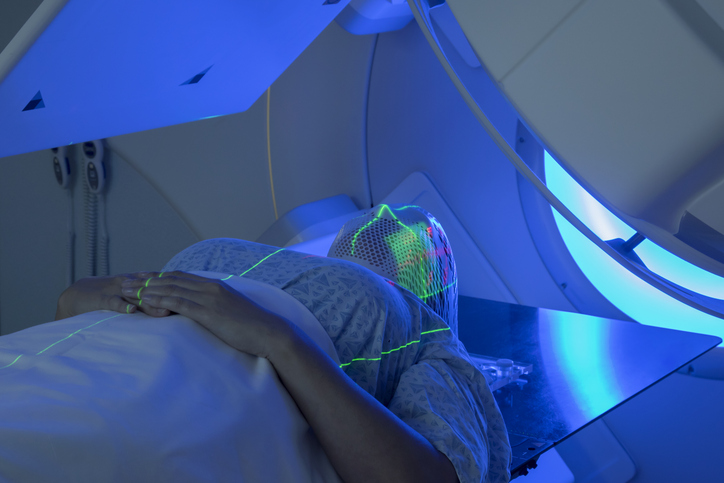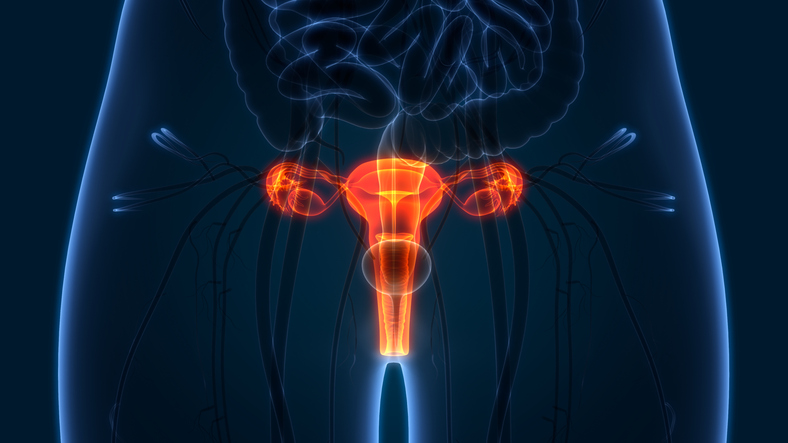
Young women with high-risk human papillomavirus (HPV) have significantly elevated odds of developing cervical intraepithelial neoplasia grade 2 or worse (CIN2+), according to findings from a nine-year study.
The study included women with negative for intraepithelial lesions or malignancy (NILM) baseline cytology who took part in a cervical screening program in Sweden between 2005 and 2007. Women were followed for nine years. Ninety-six CIN2+ patients and five age-matched controls per case were included in the study. HPV status was determined through baseline liquid-based cytology samples.
“The causal relation between high‐risk human papillomavirus (HPV) and cervical cancer and its precursor lesions has led to the use of sensitive HPV molecular tests for screening,” the study authors wrote.
Baseline HPV status was a strong indicator of future CIN development. Women aged younger than 30 years with HPV-16/18 were significantly more likely to eventually develop CIN2+ (OR, 9.44; 95% CI, 3.37‐26.4), but the risk was not as high in young women with other types of HPV (OR, 2.24). Women aged 30 years or older with HPV-16/18 and other HPV subtypes were both at an increased risk of CIN2+ development.
The study’s findings were published in the journal Cancer.
“With today’s introduction of HPV primary screening into several organized screening programs and with many triage algorithms available, further research is needed to ensure safe follow-up management and prevent the unnecessary treatment of transient positive HPV findings associated with regressive high-grade CIN,” the researchers wrote.
CDC Says Oropharyngeal Cancer Most Common HPV-Related Cancer
HPV and Esophageal Cancer: Survival Impact
HPV Vaccination Rates Remain Below Recommended Target, Reducing Cancer Prevention Opportunities
Sources: Cancer, Oncology Practice







 © 2025 Mashup Media, LLC, a Formedics Property. All Rights Reserved.
© 2025 Mashup Media, LLC, a Formedics Property. All Rights Reserved.